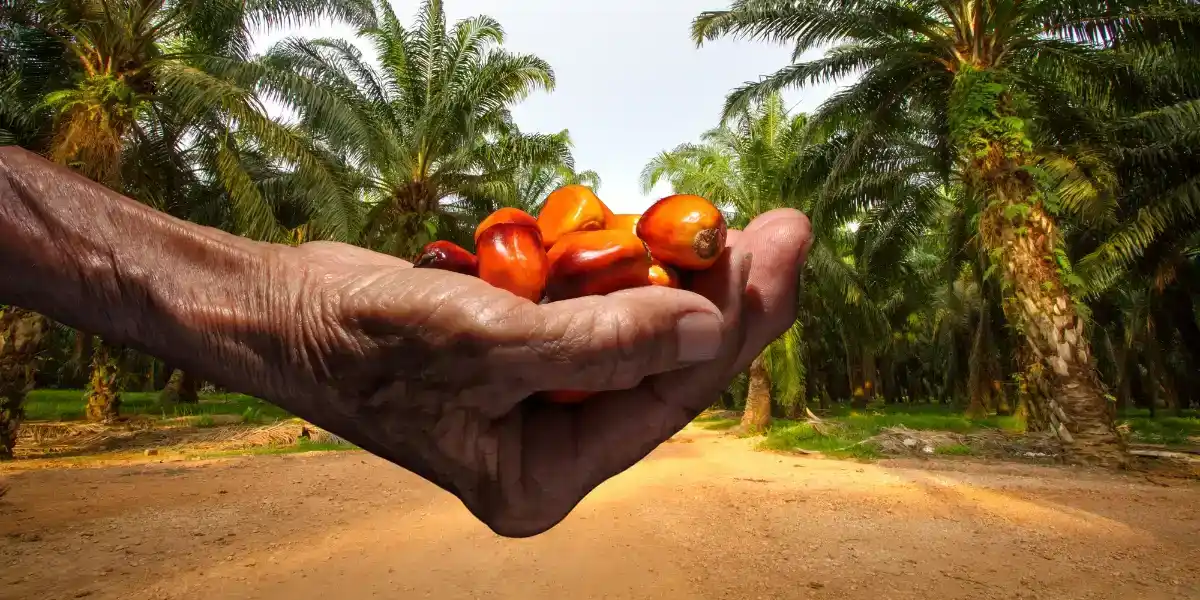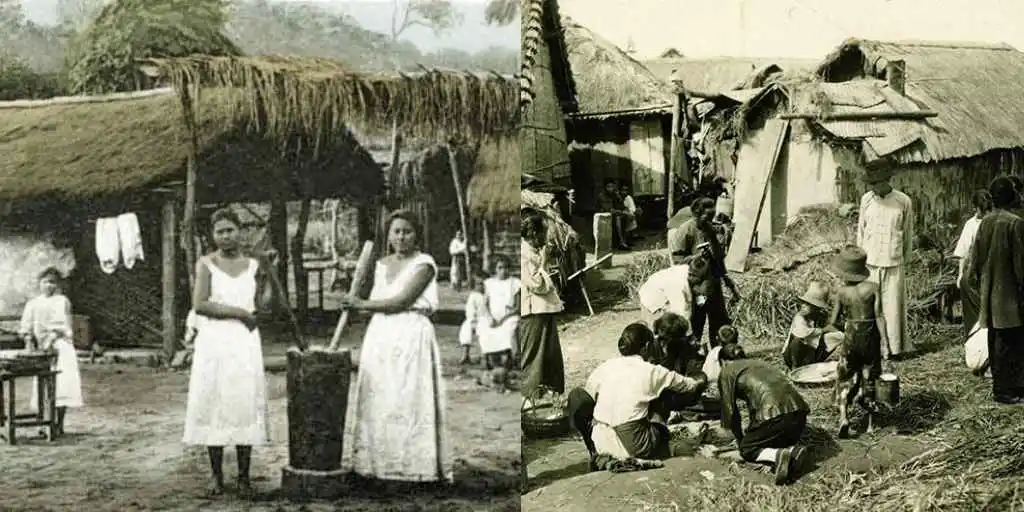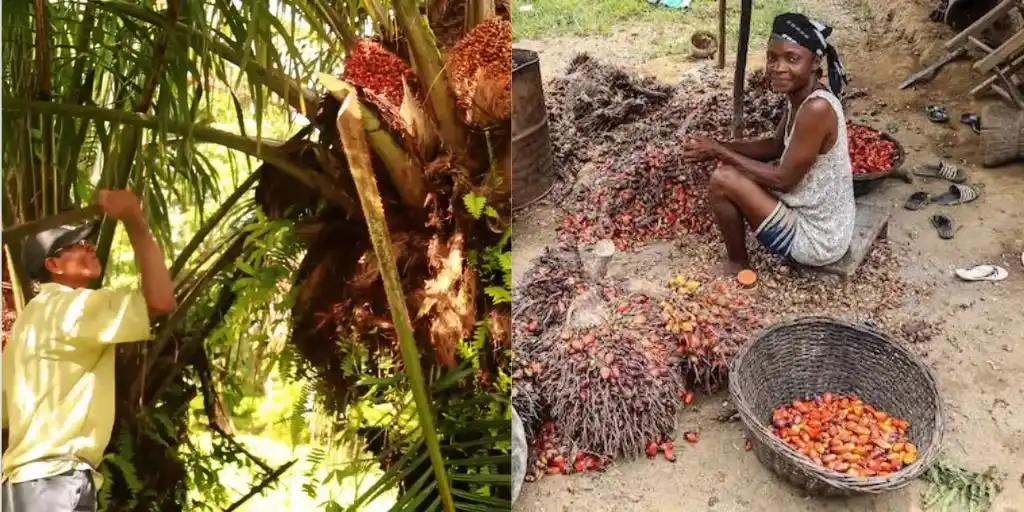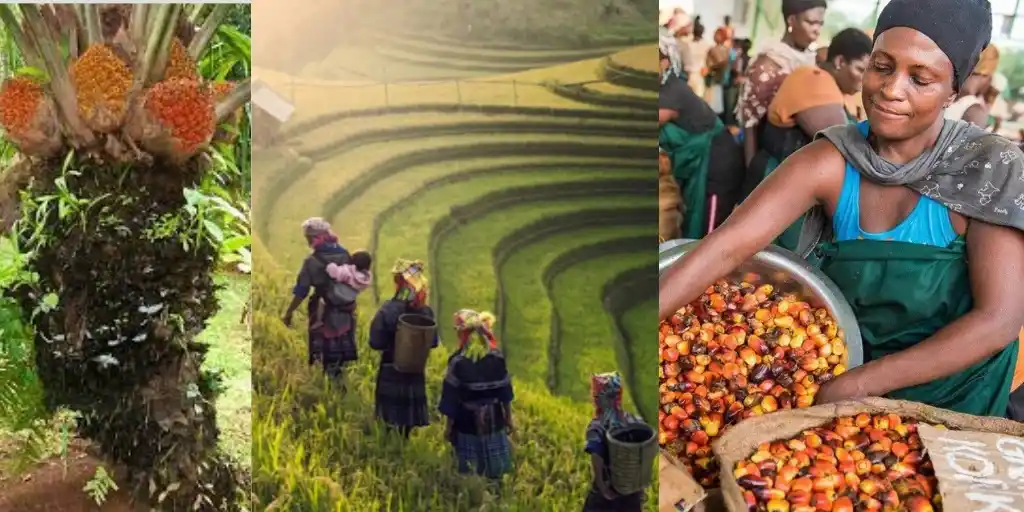Batana Plant – A Comprehensive Guide

The Batana plant, known scientifically as Elaeis oleifera, is a powerhouse of natural goodness, gaining traction in the global market for its number of uses, especially for its luxurious oil called Batana Oil. In this comprehensive guide, we’ll dive into the fascinating world of this special plant, exploring its origin, botanical characteristics, ecological preferences, and much more.
Whether you’re an enthusiast of natural products, a gardener, or simply curious about this botanical gem, read on to uncover the knowledge surrounding this plant.
What is the Batana Plant?
This plant, also known as the American oil palm (Elaeis oleifera) or Ojon palm, is a majestic member of the palm family. Unlike its commercially dominant cousin, the African oil palm, the Batana thrives in the wild, primarily in Honduras and Brazil. Its story is closely linked with the Indigenous Miskito people of Honduras, who have admired its properties for centuries.
Origin and History of Batana Plant
The origin story of this plant remains covered in the mists of time. Archaeological evidence suggests its presence in Central America for millennia. The Miskito people, traditionally known as the Tawira (“People of beautiful hair”), have utilized this plant for centuries, recognizing its valuable properties long before modern science confirmed them.
In recent times, the unique properties of Batana have caught the attention of the modern world, leading to an increased interest in its benefits and applications.

Botanical Description
American oil palm is a member of the Arecaceae family, that can grow up to 20 meters tall. It features a single, strong trunk topped with a crown of pinnate leaves that can reach up to 5 meters in length. The leaves are arranged in a feather-like pattern, and the plant produces clusters of small, reddish-orange fruits also called “corozo nuts”. Each fruit contains a single seed, encased in a fibrous husk, which is the primary source of the treasured Batana oil. The flowers are small and inconspicuous, yet they play a crucial role in the reproduction and fruiting process.
Ecology
Ojon palm prefers marshlands, swamps, and tropical rainforest ecosystems, finding comfort amidst the lush greenery and abundant water. It provides habitat and food for various wildlife species, including birds, insects, and small mammals. The plant’s extensive root system helps in soil stabilization, preventing erosion and maintaining soil health. Additionally, as a native species, it contributes to the biodiversity and resilience of tropical forest environments.
Soil Requirements
It is adaptable to various soil types, but it shows a preference for well-drained, fertile soils rich in organic matter. It thrives in loamy or sandy soils with a slightly acidic to neutral pH. Proper soil aeration is crucial for optimal growth, as waterlogged conditions can lead to root rot and other diseases.
Climate Needs
As a tropical plant, the Batana palm requires a warm climate with temperatures ranging between 24°C to 32°C. It is highly sensitive to frost and prolonged cold weather, which can severely damage or kill the plant. Consistent high humidity is also essential, as it helps in maintaining the lush foliage and fruit development. Regions with a distinct rainy season and a short dry period are ideal for Batana cultivation, that’s why it is mostly found in the tropical regions of Central and South America, including countries like Honduras, Nicaragua, Colombia, and Brazil.
When to Harvest
Harvesting the Batana fruit typically occurs when the fruits are fully ripe, indicated by their deep reddish-orange color. This usually happens 5 to 6 months after flowering. The harvesting season can vary depending on the geographical location and climate conditions, but it generally falls within the late summer to early winter months.

Why is It Gaining Popularity?
The Batana plant is experiencing a surge in popularity, particularly for its oil. Batana oil, also known as Ojon oil, has a unique composition of fatty acids and antioxidants. This translates to a range of benefits for hair and skin, including deep hydration, increased shine and strength, and even potential for hair growth.
Cultural Significance
For the indigenous Miskito people, the Batana plant holds profound cultural significance. It is not only a source of economic livelihood but also a symbol of heritage and tradition. The oil extraction process is often a communal activity, encouraging social bonds and preserving ancestral knowledge. Also, Batana oil is used in various traditional ceremonies and is believed to have protective and healing properties. This deep-rooted cultural connection ensures that this plant is respected and sustainably managed, maintaining its legacy for future generations.

Beyond Oil: Diverse Uses of Batana Plant in Different Fields
While Batana oil steals the spotlight, the benefits of Batana plants extend far beyond hair and skin care. Here’s a glimpse into its diverse uses:
Construction
The strong trunks of these plants find use in local construction projects. Bridges, fences, and even houses can be built using this naturally strong material.
Food Source
Its fruit pulp, while not the most delectable, serves as a food source in some regions. The Miskito people have traditionally utilized the pulp during periods of scarcity.
Fuel
Don’t underestimate the versatility of this unremarkable plant! The shells of the fruit can be used as a source of biofuel, offering a sustainable alternative to traditional options.
Crafts
Indigenous communities use the leaves for weaving baskets, mats, and other traditional crafts.
Soil Enrichment
The leftover parts of the plant after processing, such as fruit shells and leaves, can be composted. This nutrient-rich compost can then be used to enrich the surrounding soil, promoting healthy plant growth.
Challenges in Cultivation
Despite its resilience, the Batana plant faces some challenges in cultivation. Here are a few key concerns:
- The plant’s reliance on specific climate conditions makes it vulnerable to climate change. To avoid this a proper time selection for cultivation will help.
- Susceptibility to pests like the palm weevil and diseases can affect yield and quality. The use of pesticides is essential to prevent susceptibility to pests.
- Habitat loss due to deforestation threatens wild Batana populations. Protecting these vital ecosystems is crucial for its survival.
- The growing demand for Batana oil can lead to unsustainable harvesting practices. Implementing responsible harvesting techniques and encouraging sustainable plantation management are essential.
- While the traditional uses of this unique plant are well-documented, scientific research on its full potential is ongoing. Further research can unlock new benefits and ensure its sustainable utilization.
Economic Importance
The Batana plant plays a significant role in the economies of the regions where it thrives. It provides a source of income for local communities through oil production, construction materials, and even biofuel. Additionally, sustainable Batana cultivation contributes to ecotourism and the preservation of vital ecosystems, further strengthening the local economy.
Conclusion
The Batana plant is more than just a source of beauty products. It’s a symbol of resilience, cultural significance, and a powerful advocate for sustainable practices. Its rich history, cultural significance, and growing popularity underscore its importance in today’s world. As we move towards more sustainable and natural lifestyles, this plant emerges as a beacon of tradition and innovation. So, the next time you encounter Batana oil, remember the remarkable Batana plant, a true gift from the heart of Central and South America.
FAQs
